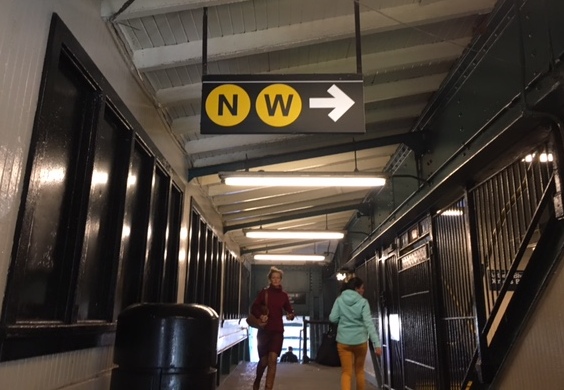
Nov. 7, 2016 Staff Report
The W train has officially returned to Queens, just in time for the Monday morning commute.
Taking the place of the Q train in Astoria and Long Island City, the W train has returned to Queens for the first time since 2010, when it was discontinued due to MTA budget cuts.
The change up in trains comes in preparation for the new Second Avenue line, which will allow the Q train to run up to 96th Street along Second Avenue in Manhattan.
The W train runs local from Astoria-Ditmars station to Whitehall Street in Lower Manhattan, though it does not continue in to Brooklyn as the Q did. Similarly to the Q, however, the W train does not run during late nights or on weekends.
The N and R train service will not be affected by this change.
One Comment

Catch-22: You gain a subway service back, but you lose a lot of trains per hour because of train capacity in the 60th Street Tunnel, under the East River.